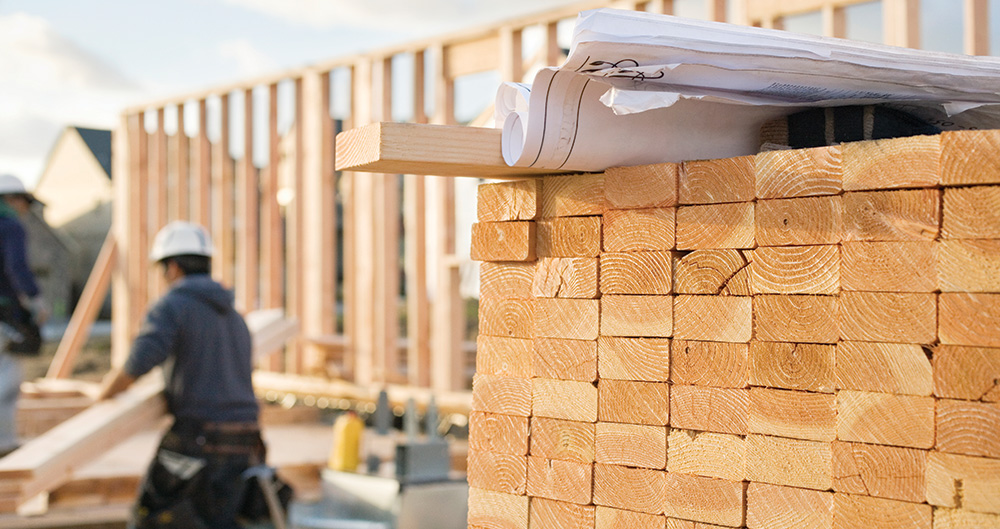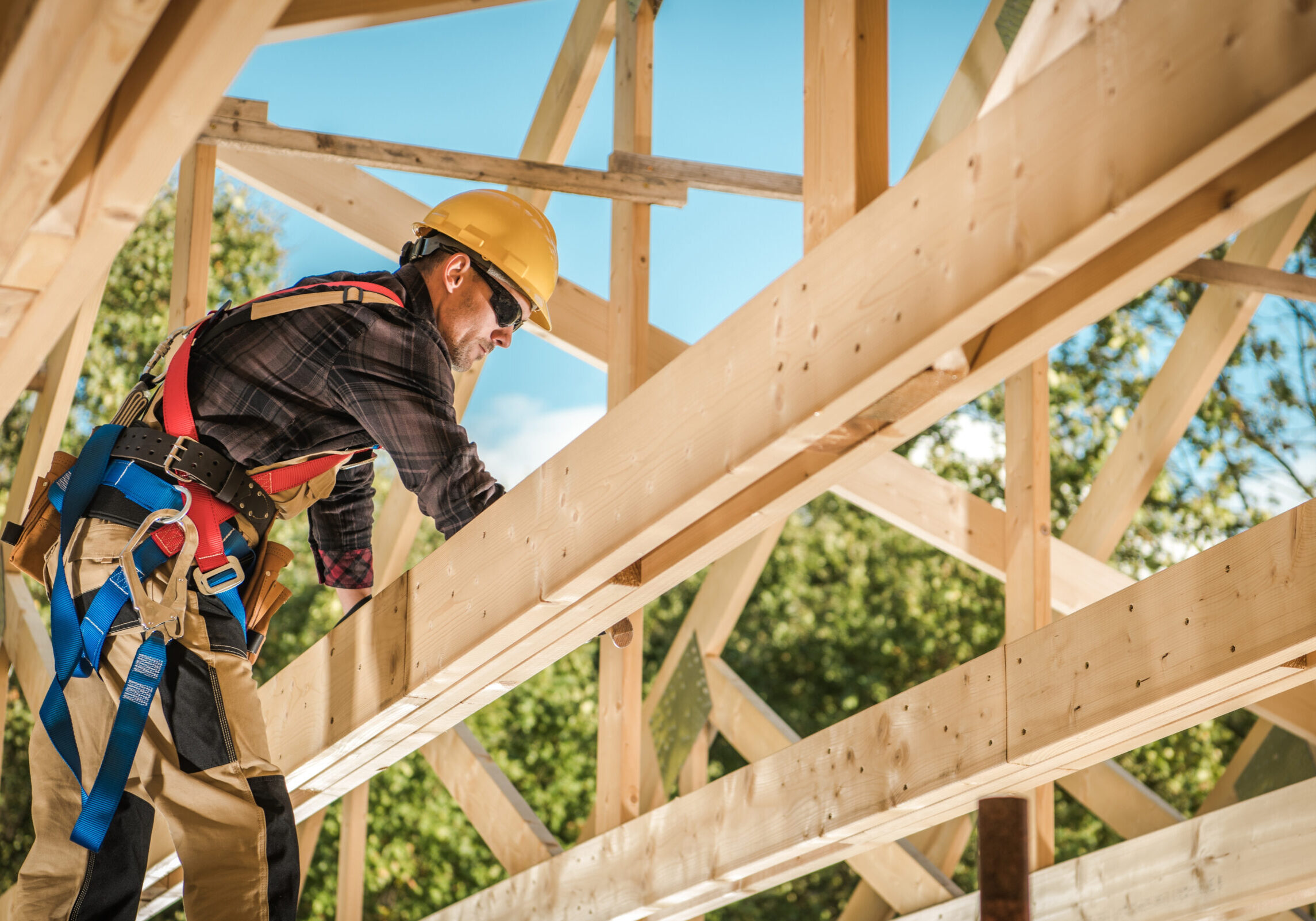Housing Figures: States Start to Lift Construction Bans
May 12, 2020

Housing Figures is our monthly round-up of the top news stories related to residential new construction spending and the latest market numbers.
In April, we saw the biggest impact from COVID-19 on the housing industry, with large decreases in home listings and slow purchases of new homes. However, as states loosen stay-at-home orders, it’s expected that more housing inventory will come on the market. Lastly, in good news for home builders, construction opened back up in the Bay Area and in Michigan, and restrictions are being lifted in other states.
Bay Area and Michigan can resume construction. In the latest updates on construction limits, the ban on construction in San Francisco has been lifted, while construction and real estate operations in Michigan can resume. Restrictions are also starting to be lifted in New York and Vermont. See all the states at Builder’s tracker. [Builder]
New home listings decreased by nearly half in April. A new report by realtor.com shows home listings fell by about 44 percent in April as stay-at-home orders increased. The northeast saw the greatest decline in listings, while the south saw the lowest decline at about 31 percent. Read the full report at realtor.com. [HousingWire & realtor.com]
But, Realtors predict more inventory is on the horizon. According to a survey by the National Association of Realtors, 77 percent of home sellers plan to put their houses on the market once social distancing orders are loosened. Half of respondents also completed DIY home improvement projects in the meantime. [Builder]
Not yet a HomeSphere partner?
HomeSphere connects residential construction builders with building product manufacturers to facilitate long-lasting relationships through our award-winning software platforms, My HomeSphere™ and HomeSphere-IQ®.
About 4.1 million homeowners aren’t making mortgage payments. About 8 percent of active mortgages are in forbearance, representing $890 billion in unpaid principal. However, borrower demand for help is slowing, with demand surging at the start of April, rising again near the 15th of the month and then declining. [CNBC]
New home purchases at slowest pace since May 2019. The U.S. Department of Housing and Urban Development reported that the purchases of new homes dropped about 15 percent in April to a seasonally adjusted annual rate of 627,000 units. Those figures are 9.5 percent lower than a year ago. The sale of existing homes also dropped to the lowest level in a year. [HUD]
A dip in home prices is expected, with a rebound by next year. Zillow is forecasting that home prices will fall 2 to 3 percent in 2020 from pre-pandemic levels before recovering to a baseline level by the end of next year. The forecast predicts, in a baseline scenario, that prices will return to Q4 2019 levels by Q3 2021. [Zillow]
Share This
More Industry Insights
Suggested Brands For You
Sorry, we couldn't find any posts. Please try a different search.






